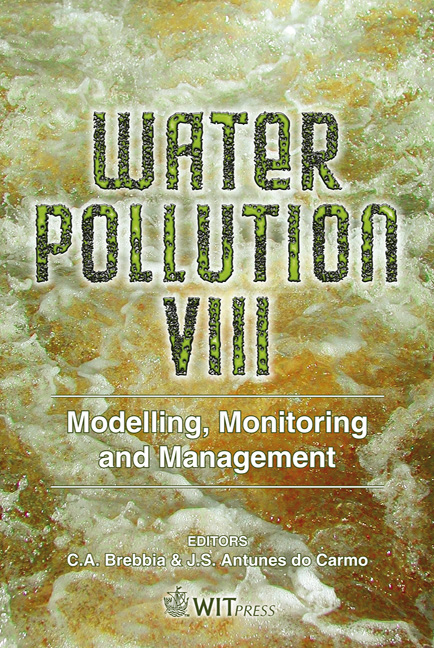Complex Hydrogeological Modeling Of Multifunctional Artificial Recharge Options Of The Great-Forest Park In Debrecen, Hungary
Price
Free (open access)
Transaction
Volume
95
Pages
8
Published
2006
Size
3,746 kb
Paper DOI
10.2495/WP060181
Copyright
WIT Press
Author(s)
P. Szűcs & T. Madarász
Abstract
A complex hydrogeological study was carried out in the framework of the CIVAQUA program organized by the Trans-Tisza Region Environmental and Water Authority to provide the multifunctional artificial recharge of Great-Forest in Debrecen, East-Hungary. Due to several decades of overproduction of groundwater resources, the groundwater heads below the famous park area in the heart of the city has decreased to 12-14m, causing significant destruction of the valuable and protected surface ecosystem. The groundwater model of the investigated area was utilized to investigate several technical solutions in order to solve the severe water quantity deficit of the park. The source of the infiltration recharge is provided from near-site surface water bodies, which raises inevitable issues concerning the groundwater quality. In addition to the urgent need for finding appropriate recharge alternatives, the environmental authorities are aware of the slow mobilization of a complex hydrocarbon groundwater contamination from an adjacent industrial complex of the city. The contaminant plume was proved to evolve in the direction of the waterworks wells. The hydrodynamic and transport modeling aided planning has to give answers to several questions of a complex groundwater quality and quantity problem of this major city in Hungary. The modeling aided concept wanted to find a carefully designed artificial recharge strategy that serves the reconciliation of ecological and drinking water demand, but at the same time forming a hydrodynamic barrier in the way of the contamination plume. Keywords: hydrodynamic and transport modeling, overproduction, artificial groundwater recharge, groundwater quality problems.
Keywords
hydrodynamic and transport modeling, overproduction, artificial groundwater recharge, groundwater quality problems.





